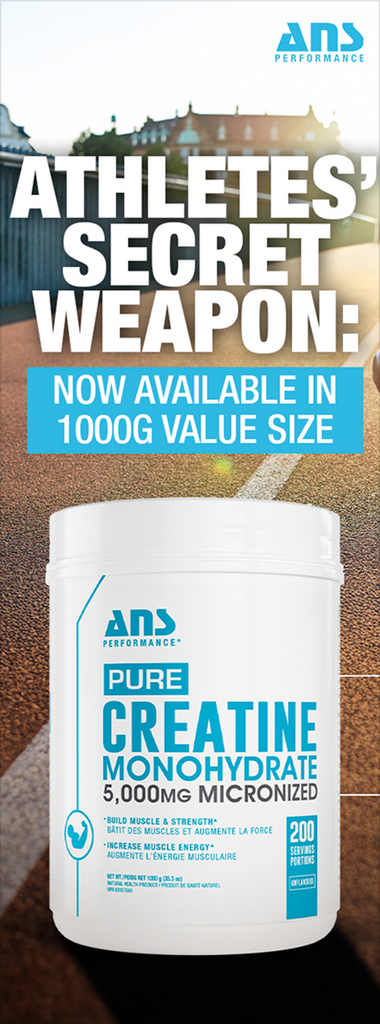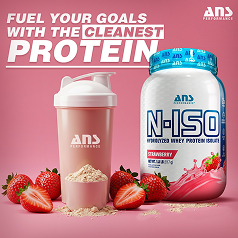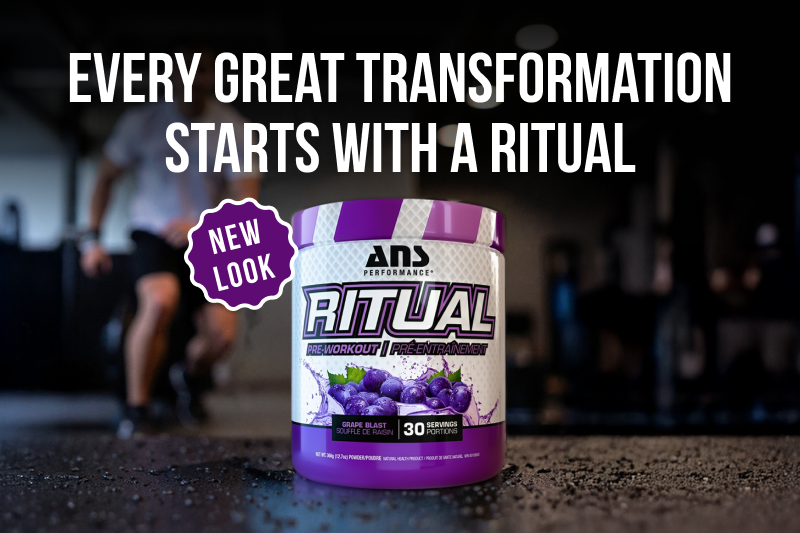

Strength training might be one of the most underrated ways to improve your physical fitness.
When most people think of getting into shape, jogging or other aerobic exercises are usually the first things that come to mind. But, as we saw in our last dispatch, there are many fitness benefits to strength training beyond simply improving your power and increasing muscle size.
In this edition, we thought we’d look a bit more at the “how to” of strength training to either help you get started or, if you’re already a convert, to help you get better results.
Strength training can be done in a number of ways:
• Body Weight Exercises – These are exercises like squats and lunges, where the only resistance against the muscle is your own body weight
• Free Weight Lifts – These include the traditional weight lifting exercises, like wrist curls and bench presses, where the resistance comes from measured weights.
• Weight Machines – Popular in most commercial gyms, weight machines let you quickly add or remove resistance and let you work on many different parts of your body using the same machine.
It is most important to pick the type of exercises and resistance that best suits you and your goals.
Are You Just Getting Started in Strength Training?
If you are new to weight lifting, you may want to start with body weight exercises. This lets your muscles, bones and joints slowly build up their tolerance to weight resistance.
Body weight exercises include push-ups, walking lunges and TRX squats. TRX ropes are a great tool for body weight exercises. TRX ropes assist with your balance and coordination, which lowers your risk of injury. They also allow for a wider variation of movement, making it easy to alter the difficulty of each movement.
Do You Already Do Some Strength Training?
If you are familiar with weight lifting and want to improve your strength, consider periodically switching up the tempo, or TUT (Time Under Tension) of your exercises, as well as your reps and sets.
For example, if you use the following tempo for weight lifting: 1-0-1-0 (1 second for the concentric phase, no pause at the top, 1 second for the eccentric phase, no pause at the bottom). A tempo of 2-0-5-0 (2 seconds for the concentric phase, no pause at the top, 5 second eccentric motion, no pause at the bottom) is an example of Eccentric or Negative Training.
Your eccentric or negative motion is actually stronger than the concentric motion. Training the eccentric motion at a higher intensity will allow for greater adaptation of the muscle, improving the muscles all-round strength.
Do You Consider Yourself to be an Advanced Weight Lifter?
Sometimes your muscles need more than just an adjustment of reps, sets or tempo to see an increase in strength. Higher intensity means more stress is put on the muscle, which results in greater adaptation.
But repetition with little variation will lead to a plateau. Your muscles become accustomed to handling the resistance. When they do, regardless of how many reps you do, or at what tempo, you will not see a corresponding increase in muscle strength or size.
Changing your training style will shock your body and its nervous system. It’s like giving your muscles something new to work on, which can help you continue to increase strength. If you feel like you have hit a plateau, try adding techniques like drop sets, plyometric’s, isometric holds or volume training into your workout plan.
For all levels of strength training, from beginners to professionals, it is important to remember that you are asking your body to go beyond everyday levels of performance. Your muscles need the right nutrition and supplements to not only prepare them for the effort, but to help them recover after your workout. Without giving your muscles the fuel they need to perform at the levels you want to achieve, you might never get there.







